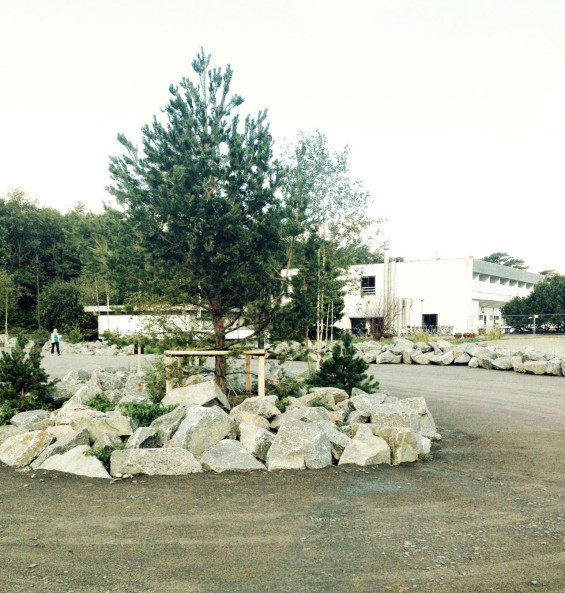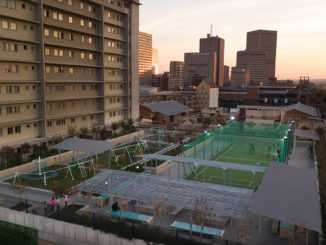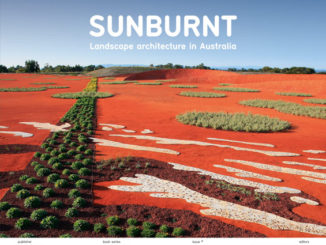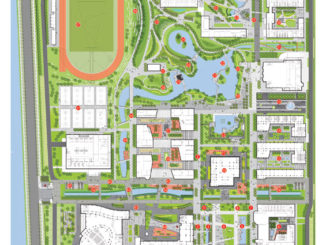Green Footprints (GF) is a real-life demonstration of how innovative, sustainable solutions are applicable to our every day operations and can have a triple bottom- line – being both economically, environmentally and socially sustainable. GF serves as a demonstration and a laboratory facilitating ongoing development of new sustainable solutions. Here, residue material from granite mining, and waste glass from the local glass blowing industry are some of the materials which are developed into building materials for the largest Nordic Cradle-2-Cradle nature park.
The circuit approach of Green Footprints will be a visible part of the landscape as green solutions and specific actions, which have both ecological and economic functions, and provide experiences and added value in more than one sense. Our circuit approach replaces traditional, standard methods concerning materials, energy, building and waste disposal with innovative green solutions which have a self-perpetuating positive impact and transform residue into resource.
Soil balance = Water balance
GF optimizes topography. Surplus soil from building construction is utilized to shape the landscape, rather than contributing to pollution when shipped away. Thus the landscape is shaped to allow rainwater to run to the lowest point where it is stored in lush water ponds which prevent the surrounding areas from flooding. From here the rain slowly soaks into the ground, irrigates the plants or evaporates. Water is an active participant in the landscape, to the delight of plants, animals and people. No water ends up in sewers – not even in extreme weather conditions.
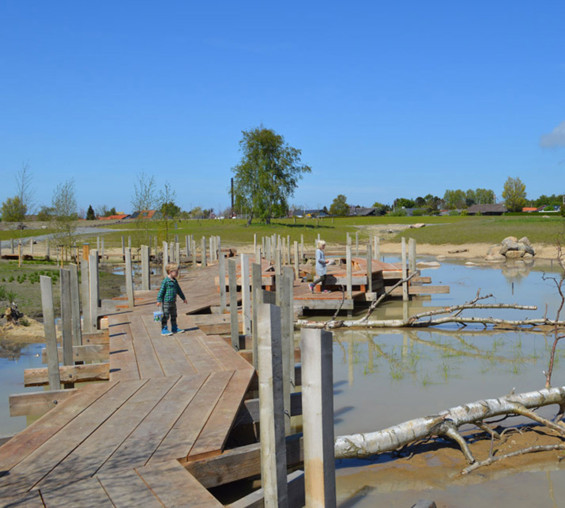
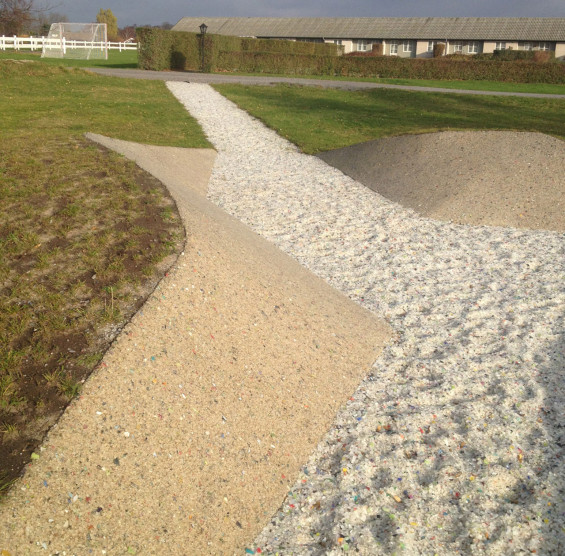
Material circuit and asphalt
The asphalt illustrates a revolutionary cradle-2-cradle inspired solution combining CO2-reducing and 100% vegetable binding material Vegecol with local residue material from Bornholm – waste glass from glass-blowers, granite and material from demolished buildings and processing. Vegecol, unlike oil-based Bitumen, doesn’t pollute rainwater which falls on it, and therefore makes it possible to lead this water to the ponds and use it for irrigation. The paving is sustainable, solves climate challenges by preventing the neighborhood from flooding and has a unique glittering look from up-cycled glass.
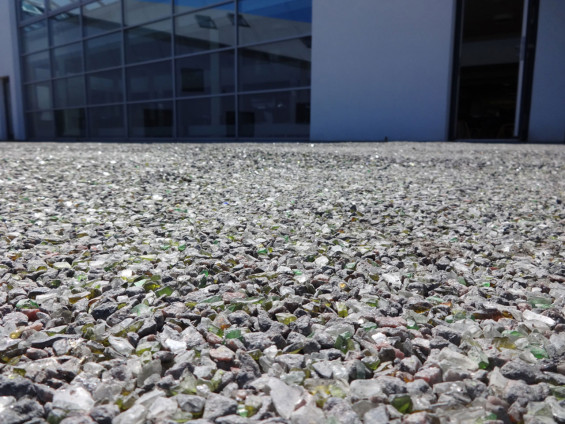
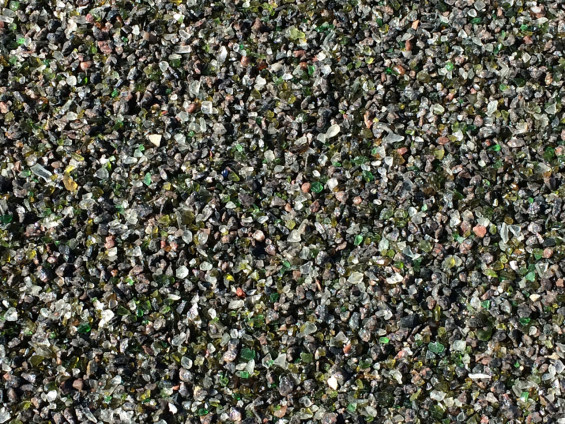
Biological circuit
Green Footprints has a pyrolysis system which transforms organic garbage into biochar and gas. All food waste is grinded and collected in tanks. Afterwards it is transferred to the pyrolysis system and burned. The residual product is some of the best fertilizer and can be used for the park and its kitchen garden.
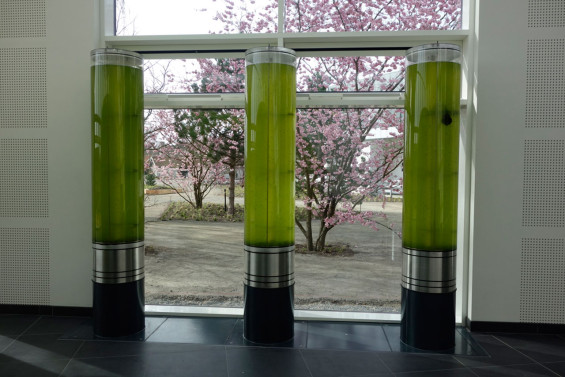
The gas from the system can be used in motors which produce electricity, and the heat from the process warms Green Solution House. This pyrolysis system is the first small scale system suitable for smaller businesses and makes it possible for Green Solution House to have its own bio-material circuit, minimize its amount of garbage and make a positiv return of sustanable investments.
Bottom-line
The up-cycling of local material obviate the need for mining and import of materials to Bornholm, as well as export of local waste for repository. Hence it is cost-efficient, green and provides a look rooted in local culture, nature and history. Additionally, local industry thrives on providing and processing the material, and on the tourism which is spurred by Bornholm’s new brand as frontrunner on sustainability.
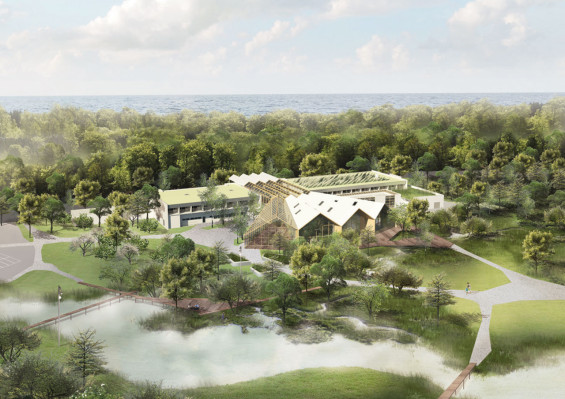
GREEN FOOTPRINTS – Circuit Design nature park made of Bornholm – for Bornholm
LOCATION | Bornholm, Denmark
SERVICE | Masterplan, landscape design
CLIENT | Green Solution House
DESIGNER | SLA Architects
COMPLETED | 2015
AREA | 65.000 m2
COLLABORATORS | GXN, SteenbergsTegnestue, Ramböll
CREDITS | SLA Architects

